PDF DRM vs Traditional File Sharing: The Protection Revolution
Remember when we just emailed PDFs and hoped for the best? Those days are over. Smart people are switching to PDF DRM protection because they’re tired of losing control of their documents. Let me show you exactly why protected sharing beats traditional methods every single time.
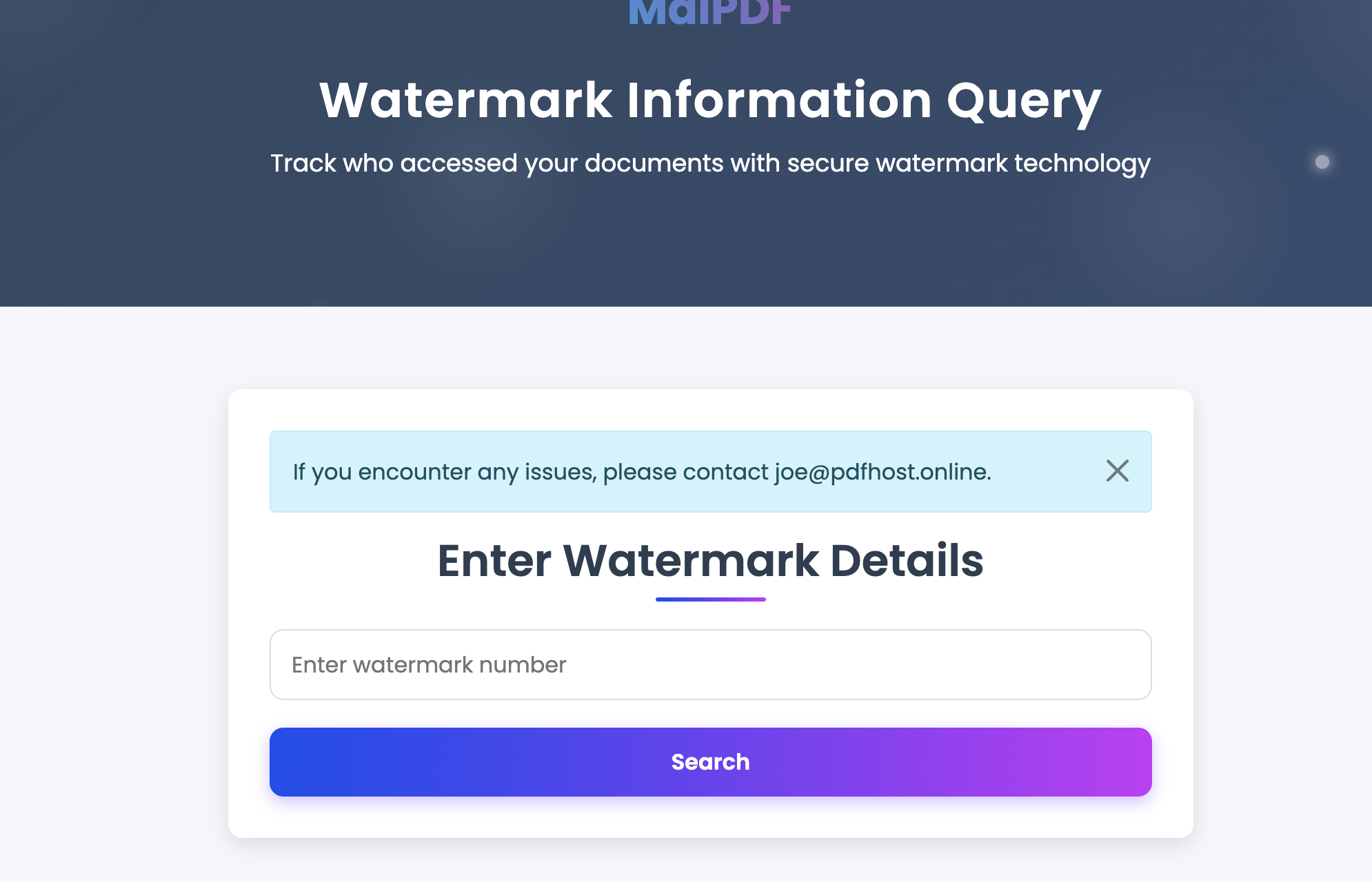
The Traditional File Sharing Reality Check
Let’s be honest about how most people still share PDFs:
Email Attachments
- Send PDF directly to recipients
- They download it to their devices
- They can forward it to anyone
- You have zero control after sending
- No idea who actually opened it
Cloud Storage (Google Drive, Dropbox)
- Upload PDF to cloud service
- Share link with viewing permissions
- People still download copies
- Links often break or require accounts
- Limited control over redistribution
Messaging Apps (WhatsApp, Telegram)
- Send PDF as attachment
- Gets compressed and looks terrible
- Recipients can save and reshare freely
- No tracking or control whatsoever
Sound familiar? This is how most people lose control of their documents.
How PDF DRM Changes the Game Completely
With PDF DRM protection, you flip the script entirely:
Protected Links Instead of Files
- Upload PDF once to protection service
- Get a secure, controlled link
- Share the link (not the file)
- Recipients view through protected system
- You maintain control forever
Built-in Access Controls
- Set exactly how many times it can be viewed
- Choose who can access it (email verification)
- Decide when access expires automatically
- Control whether people can download or just view
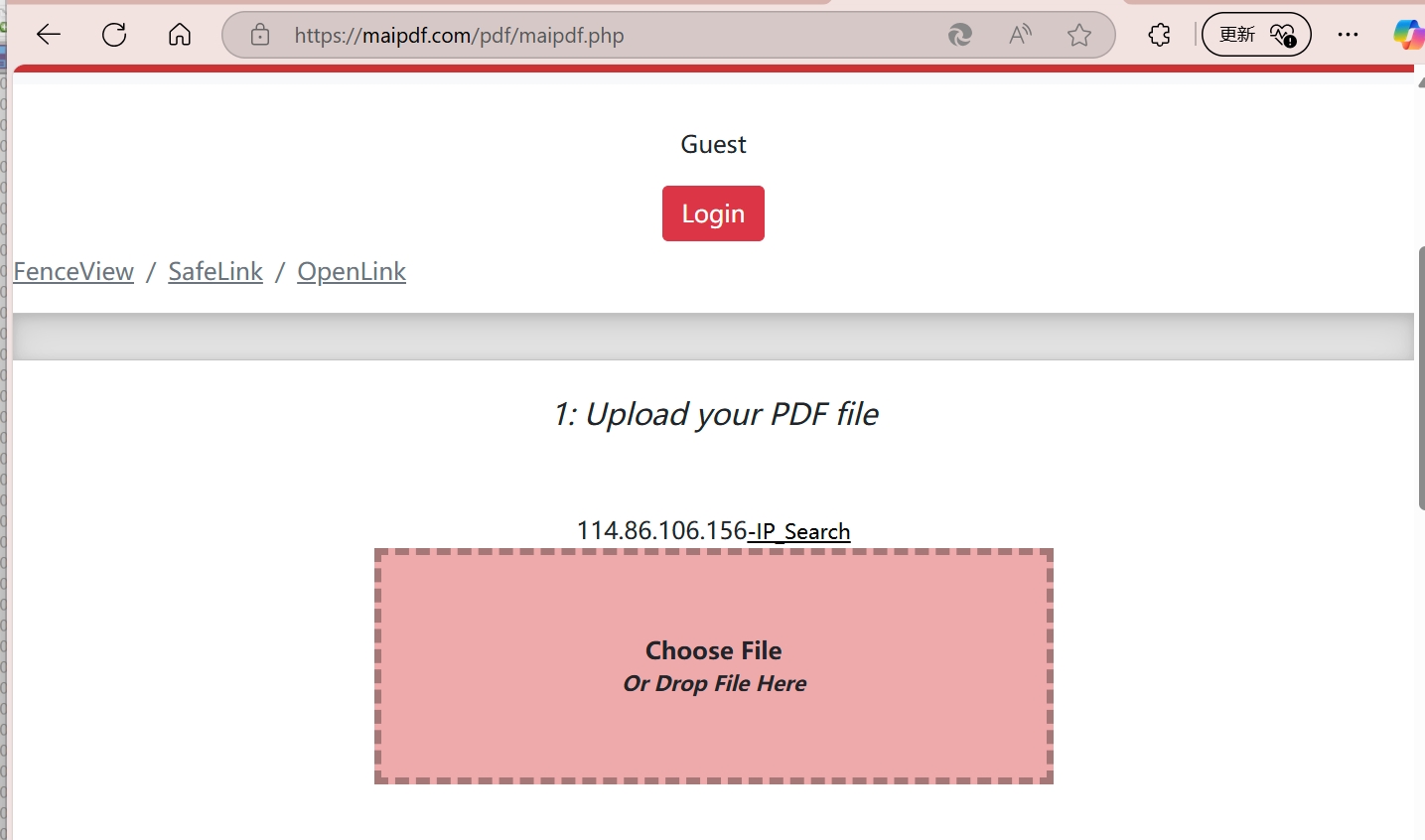
Real Comparison: Same Document, Different Methods
I tested sharing my 15MB photography portfolio using different methods. Here’s what happened:
Traditional Email Method
Process:
- Compressed PDF from 15MB to 8MB (looks terrible now)
- Emailed to 10 potential clients
- 3 email providers rejected it (still too big)
- Had to use WeTransfer for the rest
Results:
- ❌ No idea who actually opened it
- ❌ Compressed version looks unprofessional
- ❌ 2 clients forwarded it to competitors
- ❌ Found my work on competitor’s website later
- ❌ Zero control after sending
Google Drive Method
Process:
- Uploaded full-quality PDF to Google Drive
- Set “anyone with link can view”
- Shared link with 10 potential clients
Results:
- ❌ 4 people couldn’t access (permission errors)
- ❌ 3 people accidentally downloaded instead of viewing
- ❌ No idea who shared the link further
- ❌ Found the PDF on a public forum later
- ❌ Limited control, confusing for recipients
PDF DRM Method (MaiPDF)
Process:
- Uploaded full 15MB PDF to MaiPDF
- Set 5 views per person, 14-day expiration
- Required email verification
- Shared clean, simple link
Results:
- ✅ Perfect quality for all viewers
- ✅ Know exactly who viewed it and when
- ✅ Each person could only view 5 times
- ✅ Link expired automatically after 2 weeks
- ✅ Complete control maintained
Guess which method I use now?
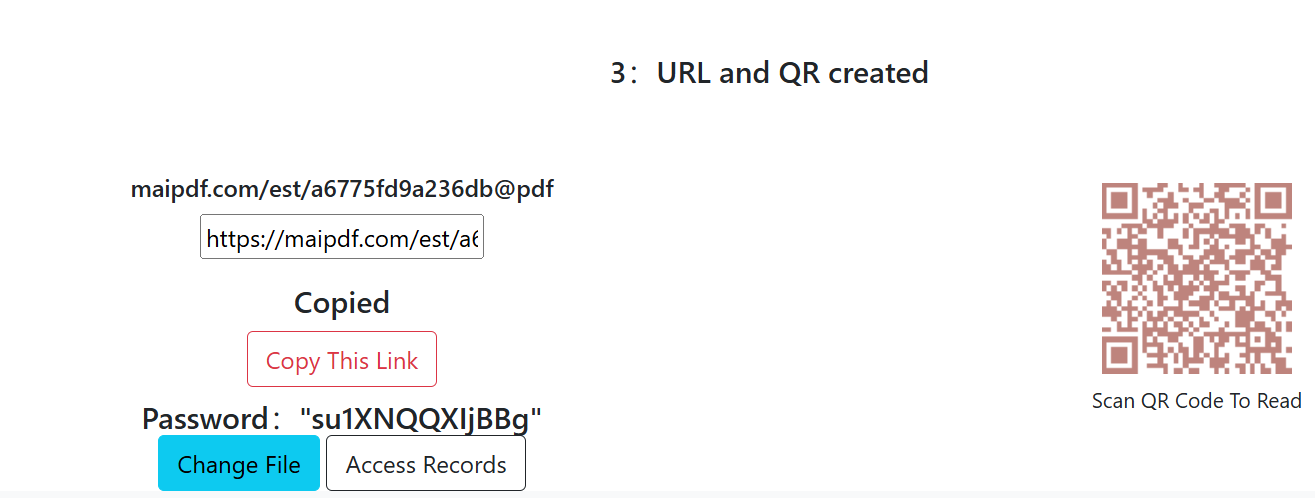
Why Protected Sharing Beats Everything
Quality Control Traditional: Compress files to meet size limits, quality suffers Protected: Full quality always, size doesn’t matter for sharing
Access Control Traditional: Send and pray, no control after sharing Protected: Set exact rules about who can access and how many times
Professional Appearance Traditional: Messy cloud links or attachment warnings Protected: Clean, professional links that just work
Tracking and Analytics Traditional: Complete blackout - no idea what happens to your file Protected: See who accessed, when, from where, for how long
Security and Privacy Traditional: File exists on multiple devices and can be shared infinitely Protected: File stays on secure servers, access is controlled
Real-World Scenarios Where Protection Wins
Freelance Designer Portfolio
- Traditional: Clients download and share with others, work gets stolen
- Protected: 3 views per client, watermarked, expires after project discussion
Restaurant Menu Updates
- Traditional: Old menus still circulating, customers confused
- Protected: Expire old menu links automatically, only current version accessible
Real Estate Property Details
- Traditional: Property info spreads to competitors and unauthorized agents
- Protected: Limited views, email verification, expires when property sells
Course Materials for Teachers
- Traditional: Students share materials freely, undermines paid courses
- Protected: View limits per student, expires end of semester
Family Legal Documents
- Traditional: Sensitive docs floating around various devices and emails
- Protected: View-only access, strict limits, automatic expiration
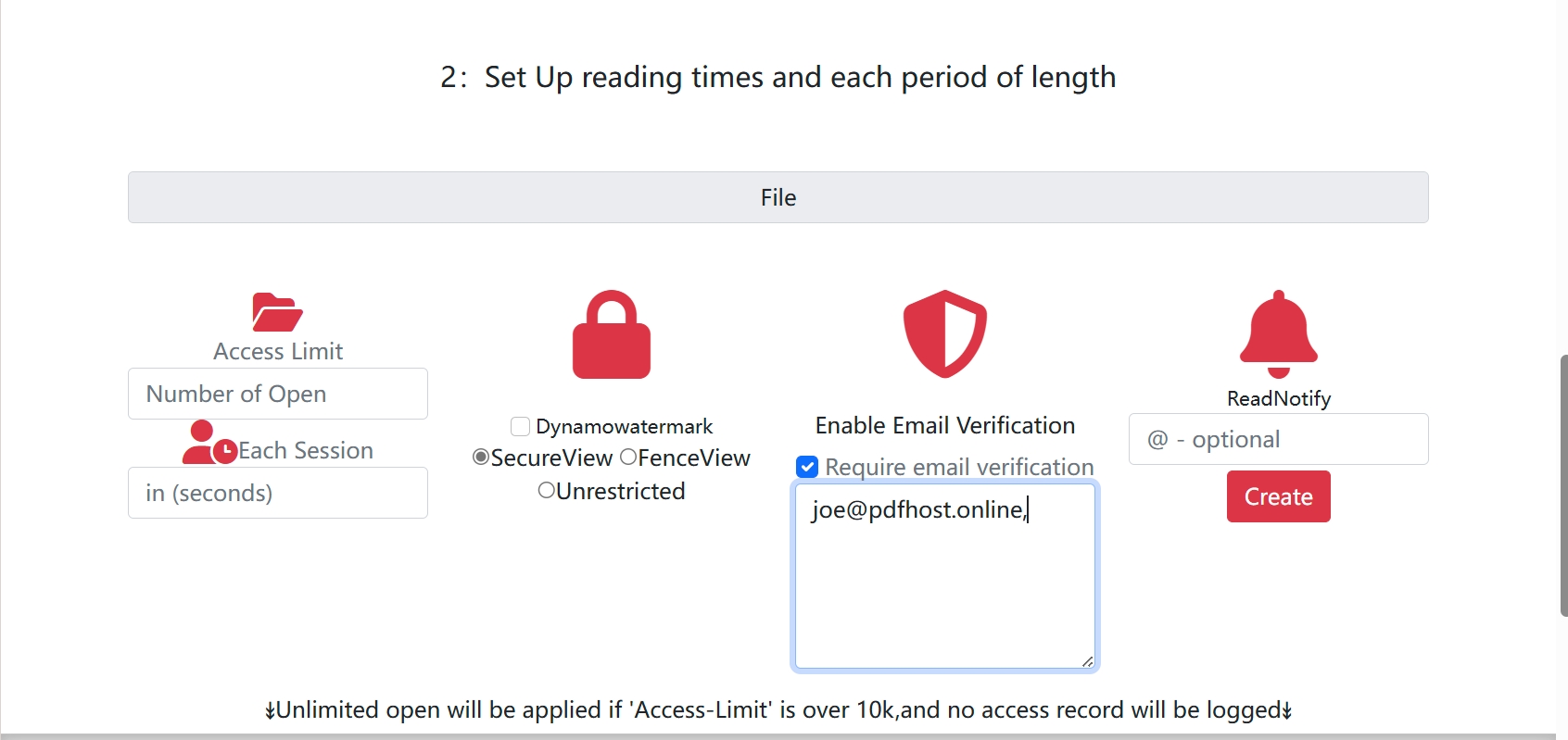
The Economics of Document Protection
Traditional Sharing Costs:
- Lost business from stolen content: $$$
- Time spent on access troubleshooting: $$
- Damage from outdated info circulating: $$
- Professional reputation impact: $$$
PDF DRM Protection Costs:
- Basic protection: Usually free
- Advanced features: $5-20/month
- Peace of mind: Priceless
- Professional control: Business advantage
The math is simple: protection pays for itself.
Technical Advantages (Made Simple)
Traditional File Sharing:
- Files scattered across devices
- Multiple versions create confusion
- No central control point
- Updates require re-sending to everyone
PDF DRM Protection:
- Single source of truth on secure servers
- Update document behind same link
- Central control panel for all sharing
- Real-time access management
Making the Switch: A Practical Plan
Week 1: Test the Waters
- Try PDF DRM with one non-critical document
- See how much easier the sharing process is
- Notice the professional appearance
Week 2: Protect Important Stuff
- Use protection for any document with commercial value
- Set up basic controls (view limits, expiration)
- Start tracking who accesses what
Week 3: Make It Default
- Use protected sharing for all multi-recipient documents
- Stop sending unprotected attachments
- Enjoy having control over your content
Week 4: Advanced Features
- Experiment with watermarks and email verification
- Use analytics to understand engagement
- Realize you’ll never go back to unprotected sharing
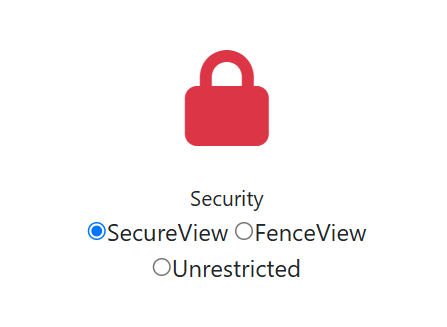
Common Objections (And Reality Checks)
“My recipients might find it complicated” Reality: Protected links work exactly like any website link. If they can click Facebook links, they can view your protected PDF.
“I don’t have anything that valuable to protect” Reality: Every document represents your time and effort. Why give that away without any control?
“Traditional sharing is simpler” Reality: Until someone can’t access your Google Drive link, or your email bounces back, or you find your content stolen.
“Protection seems overkill” Reality: Setting a 30-day expiration and basic view limits takes 10 extra seconds. The peace of mind is worth it.
The Bottom Line
Traditional file sharing made sense when documents were less valuable and tracking was impossible. In 2025, there’s no excuse for sending important documents into the wild without any protection.
PDF DRM gives you the control that traditional sharing never could, with almost no extra effort. Better quality, better tracking, better security, better professional appearance.
The question isn’t whether you should switch to protected sharing. The question is why you haven’t already.
Try protecting your next important document. You’ll immediately see why traditional file sharing feels prehistoric in comparison.